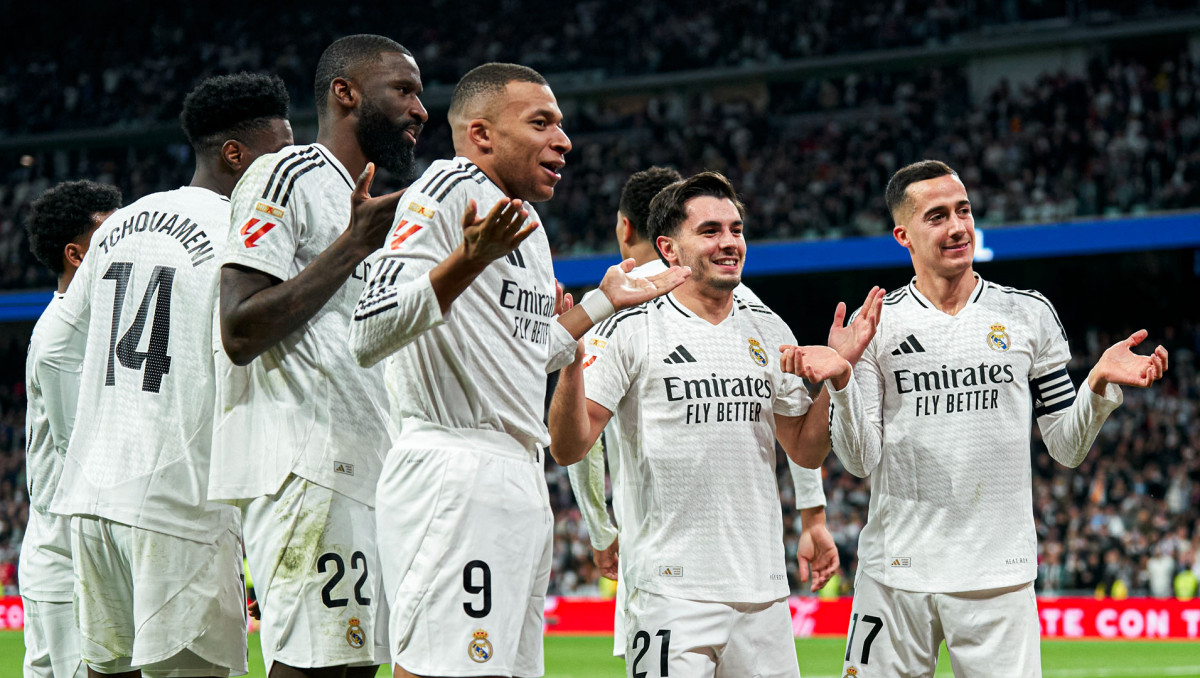There has long been a myth that Real Madrid lacks a robust academy system. Observers sometimes suggest that this legendary Spanish club invests exclusively in expensive superstars, neglecting homegrown talent. However, data from 2019 to 2025 reveals a different reality. Real Madrid has earned 218 million euros through transfers of academy graduates, surpassing every other champion among the top-6 European leagues. This remarkable figure, confirmed by Football Benchmark, shows how effectively Madrid develops and monetizes young players, proving the old myth entirely misplaced.
Sporty Bet online platform frequently provides predictions for Real Madrid’s performance this season, analyzing match statistics and team form. More details about such applications can be found on beton.ng.
Some fans point to players like Marcos Llorente and Achraf Hakimi as prime examples of Madrid’s profitable youth system. Both talents honed their skills under the club’s guidance before moving elsewhere for substantial transfer fees. Figures indicate that these departures alone contributed more than 70 million euros to the club’s coffers. Meanwhile, the case of Raphaël Varane, who joined Real Madrid at a young age, further highlights the academy’s capacity to develop stars destined for lucrative moves.
Surprisingly, only Sporting from Portugal and PSV from the Netherlands come close to matching Madrid in revenue generated from homegrown players. These clubs have impressive track records of developing local talent, but they do not approach Real Madrid’s overall numbers. Observers have noted that the Spanish giants benefit from a massive scouting network, in addition to state-of-the-art facilities. This dual advantage ensures a steady pipeline of high-caliber athletes who flourish within an environment famous for rigorous training and tactical education.
Financial discipline also plays a key role in Real Madrid’s success. While high-profile acquisitions capture headlines, the club systematically invests in identifying and nurturing future stars. Budget reports from 2021 indicated that around 12% of Madrid’s annual expenditure was directed toward youth development programs, a figure that outpaced most competitors. By focusing on long-term planning, the management team ensures that the academy remains an integral part of the organization. This strategy minimizes risks associated with expensive signings and reinforces the club’s reputation for sustainable progress.
Critics sometimes question whether Real Madrid merely profits from selling youngsters before they reach their prime. Yet club insiders have emphasized that many academy players depart only after proving themselves ready for more competitive roles. The success stories of Alvaro Morata and Lucas Vázquez illustrate how athletes can either carve out a stable place in the first team or command a premium on the transfer market. This balance between nurturing future superstars and leveraging financial value has become a hallmark of Madrid’s approach.
Looking ahead, analysts predict that Real Madrid will maintain this momentum, especially with growing interest in international youth tournaments. The club frequently scouts under-17 and under-19 competitions, securing promising individuals before rival clubs can act. In 2023 alone, scouts reportedly attended over 60 junior matches in South America, Africa, and Asia, compiling detailed performance profiles. This global outreach, combined with the academy’s proven training methodology, sets the stage for future success both on the pitch and in transfer negotiations.



